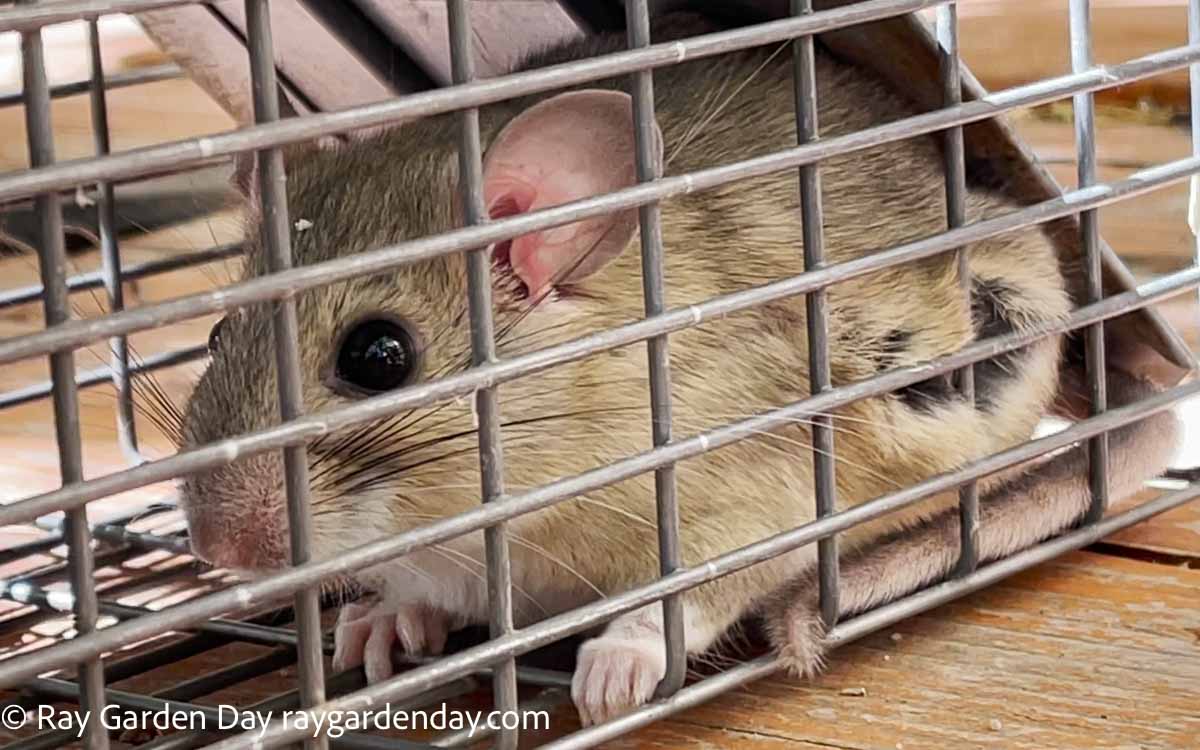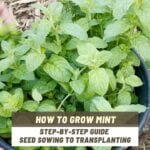Dealing with garden pests is a natural part of gardening. Your garden is not only a food source for you and your family but for the local wildlife also. One such rodent in the Sonoran Desert that will find its way into your garden is the pack rat.
What is a pack rat
The desert pack rat is common in Arizona. Thus a common garden pest for us living here. They look more like mice than your typical rats. They have big brown eyes, big round ears, fluffy snout, and an furry long tail. The hair on the throat is white hence the name white-throated wood rats or desert woodrat.
White-throated woodrats (Neotoma albigula) are important to the desert ecosystem. They help disperse desert seeds and their poop is a good source of fertilizer. Packrats promote biodiversity among desert animals. They are not venomous or vicious threats to humans.
But, having packrats in your home or garden can be detrimental. Packrats carry diseases that are transmittable through their urine or feces. They will feed and chew on anything they can get their teeth on. They can attract unwanted predators.
How do you know if there’s pack rats in your garden
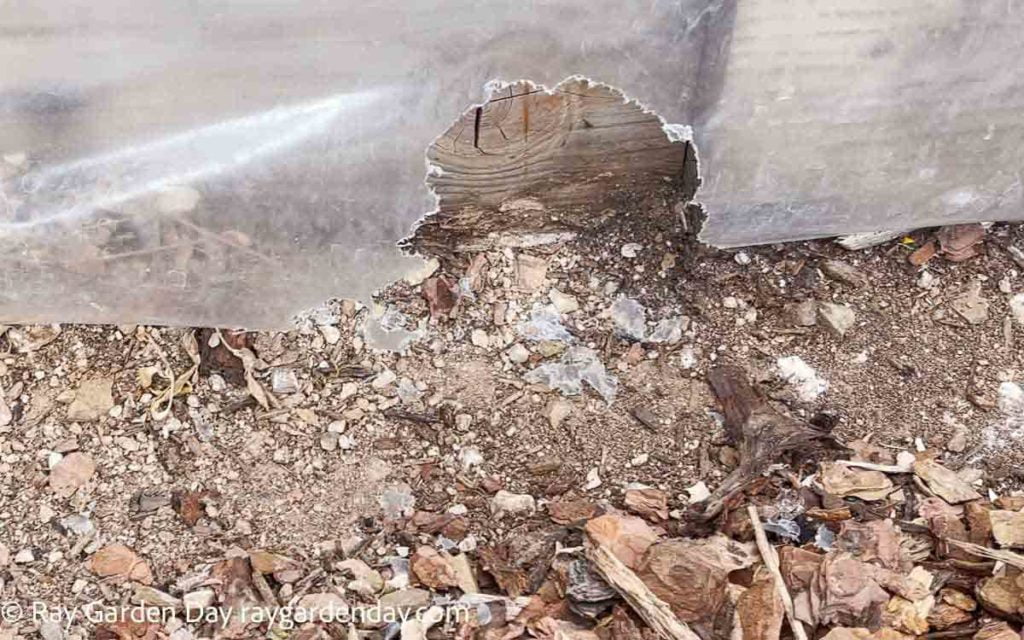
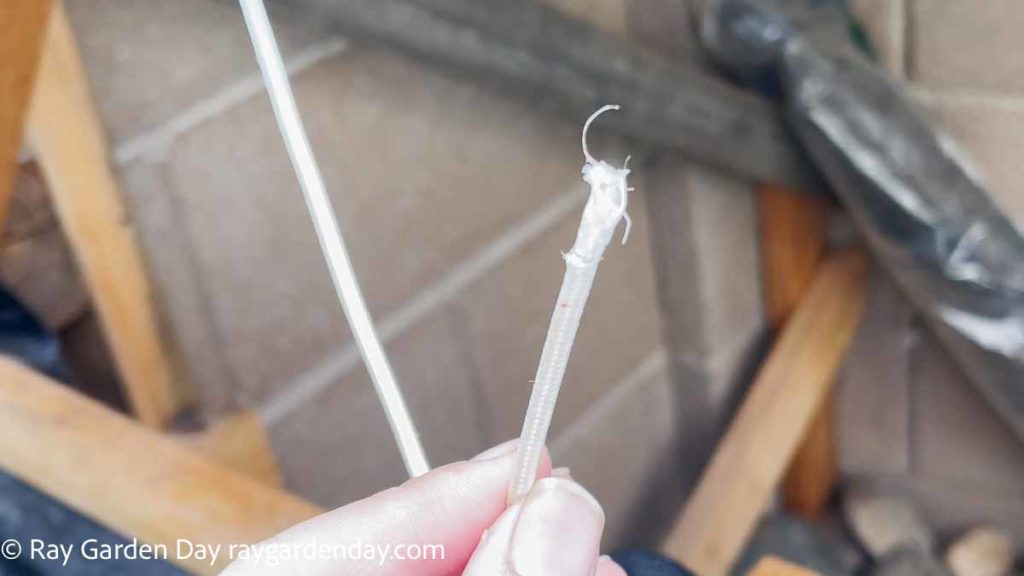
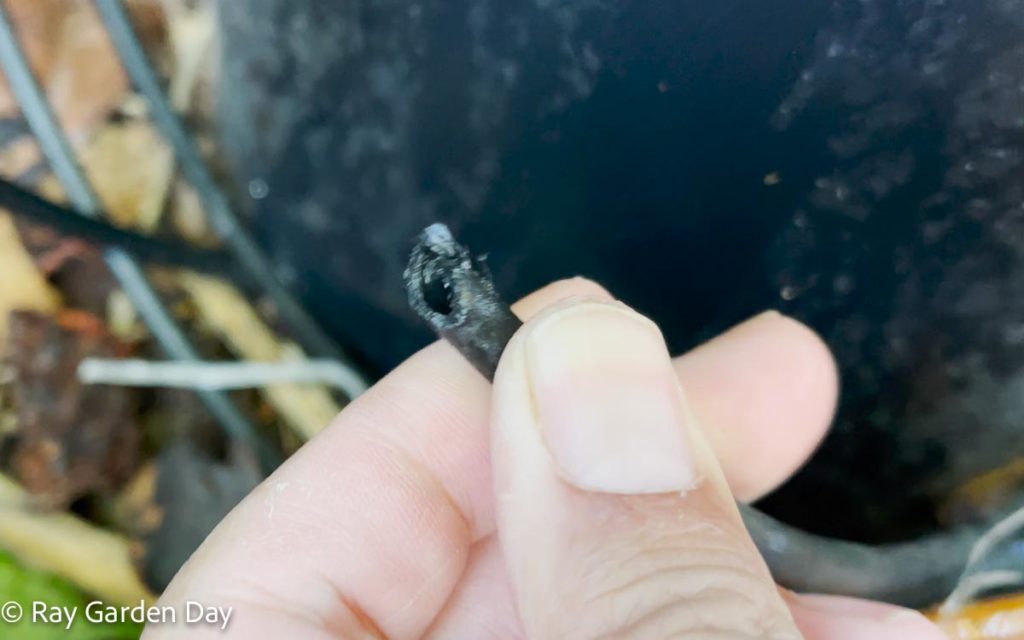
These are telltale signs of pack rats activities in your garden which are easy to spot.
- Packrats use the same routes to get around the garden, forming pathways they use every night. Often the pathways run along the wall perimeters or between gaps between a wall and a large object.
- Pack rats droppings or pallets are dark brown and around the size of a rice grain. You can find droppings on the pathways or wherever the pack rats spend most of their time. Normally around their nest or where they eat.
- Bite marks on fruits and root vegetables are the easiest to spot. As a gardener, pack rats damage will likely be the first thing you’ll notice. This is because pack rats have to chew on something to keep their teeth healthy and sharp. Look for anything that’s close to the ground. Look for signs of damage on cardboard, plastic, irrigation tubing, cables, and garden furniture.
- In the desert, pack rats build their nest out of sticks, leaves, and any materials they could find. Inside your garden, they often use crumpled paper, insulation, and fabric. Typically a nest has a chamber for sleeping and several entries and exits. Pack rats build their nest in crevices and out-of-the-way places that are well hidden. So, under large objects in your greenhouse or deep in your compost pile.
Get Rid of Pack Rats Naturally
A natural and humane way to catch the pack rat and release it elsewhere. A no-kill catch-and-release trap is the best solution. Using a small rodent trap enables you to catch the packrats without harming them.
I use the Live Animal Cage Trap 32inch Steel Catch Release Rodent Cage for years and it has served me well. It’s easy to use and to set the bait. Its metal construction is sturdy and won’t rust. There’s a handle so and a guard to keep your fingers away from the trapped animal. Releasing is simple and you don’t have to touch it.
How to no-kill catch and release trap
The live trap is really simple to operate and can be set up in a few steps.
- Earlier in the blog, I showed you how to find pathways or areas of high pack rat activities. These areas are the best spot to deploy the trap. Place the trap length-wise with the entrance along the path, close to the wall.
- Place the bait onto the dedicated spot on the mechanism but make sure the bait doesn’t block it. I use cheese but you can also use sweet or peanut butter spread on bread or cracker. Arm the trap.
- Check your trap often for catches. If you caught a pack rack, be sure to release it as soon as possible. You don’t want to leave them in the trap too long without food and water. I recommend releasing pack rats in a remote location quite a distance away from your home. This prevents them from returning. For us, we drove to the nearest ecological park which was a couple of miles away, and released them there.
